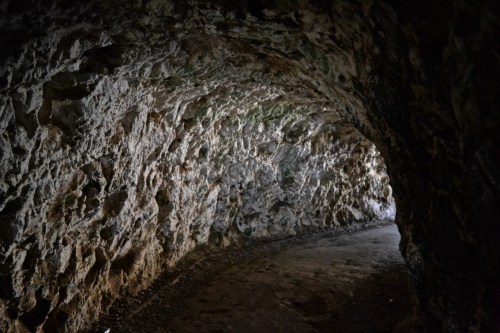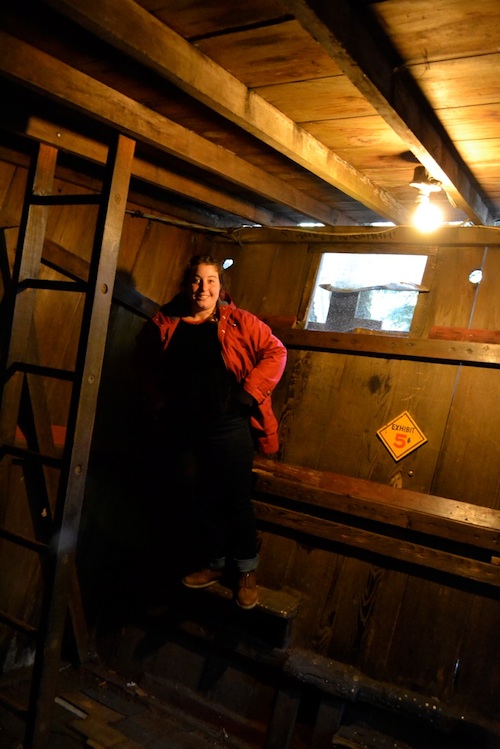Half the fun of family travel is “getting there”, right? Whether you’re embarking on a Great American Road or Train Trip, or merely hoping to get from Point A to Point B with your humor intact, a few tips and classic travel games will surely make the going more pleasant.
Family Travel Tips
- Involve kids in the planning or have them follow the trip’s progress on a map. If you’re an AAA member, maps are free. Some kids may want to keep a trip journal and add photos when they get home.
- Have food and drinks on hand, if possible, and take frequent breaks to eat, use restrooms, or just stretch your bodies.
- Remind kids who are on screens to take breaks, to play a game or look around at the passing, and sometimes awe-inspiring world
- Pack along a few portable items for outdoor breaks and quiet times, so you can play card games, jump rope games, Mad Libs or jacks.
- Play some of the tried-and-true road trip games, below, that don’t require any equipment. They help make family memories when you’re driving, flying, or waiting in line.
Tried-and-True Road Trip Games
What I See From A to Z
Players try to find letters in license plates, billboards, road signs, or objects and must call out “I see an A,” or “I see something that starts with B,” when they spot a letter.
The first person to complete the alphabet wins. A variation for younger children is to pick one letter and have everyone look for that.
Semi Search
If you’re traveling on the interstate, you will probably have a lot of trucks for company, and this fun game makes use of that.
Each player chooses a different color. That color will be the color of truck trailer that the player is then searching for. Players announce when they see a semi on the road in their color, and they get one point for each.
A scorekeeper can be appointed to keep count, or everyone can keep their own score. The game is played until one person reaches 25 points, or another agreed-upon number.
Travel Scavenger Hunt (also known as Travel Olympics)
You’ll need: Pencil and paper for each player
Players all contribute to one list of 10-20 things they can see from or do in the car. For example, a list might include passing a cow pasture, seeing a gas station that has the color red in its logo, holding one’s breath through a tunnel, spotting two yellow license plates, or passing an RV.
The first person to accomplish everything on the list wins.
License Plate Scramble
The first player calls out all the letters, in order, that appear on a passing license plate.
All players try to create a word using those letters, in the same order. The first person to do so gets a point. For example, a player might call out ARN, and he, she, or any other player might come up with “arachnid” or “yarn”.
Decide if you want to play to a certain number of points, like 25. The first player to reach that total wins.
O.S.L.P.
Players search passing cars for “out of state” license plates (out of the state they are currently traveling in.)
When such a plate is spotted, the player yells, “O.S.L.P.!” If they are the first to see a particular plate, they score a point.
Decide if you want to play to a certain number of points, like 10. The first player to reach that total wins.
I Spy
One player decides on an object that all players could conceivably see and says, for instance, “I spy with my little eye .. something that begins with the letter A” or “I spy with my little eye .. something that is blue.”
Other players take turns trying to guess what the object is.
When players run out of guesses, the first player gives another clue and other players guess again.
The person who guesses the object gets to be the next spy.
What Animal Am I?
One player thinks of an animal. Other players ask “yes” or “no” questions to determine what animal the first player is. Players might ask, “Do you live in the ocean?” or “Do you have four legs?”
There is no limit to the number of questions. Players can simply give up when stumped and choose who gets to be the animal next. Otherwise, the player who guessed the animal gets to be the next up.
Rock, Rock
This is a good group game for rest stops or outdoor settings.
You’ll need: A rock or coin
Players sit or stand in a circle, palms out to their sides, facing up. Right palms should be directly over right neighbor’s left palm, continuing around the circle. One player is in the center of the circle. That player momentarily closes his or her eyes while the rock is given to someone in the circle. Each player lifts his or her right hand and moves it across the body to the left neighbor’s right hand. The person with the rock in hand does this as well. After a couple of such motions, the person in the middle opens their eyes. The rock moves around the circle but, because everyone is making a passing motion, the person in the middle can’t see where it is. As the rock moves around the circle, players chant, in rhythm with their hand motions:
Rock, rock where do you wander?
In one hand and out the other.
Is it fair? Is it fair?
To keep poor _____ (name of player in the middle) sitting/standing there?
At the end of the chant, the person in the middle guesses where the rock is. If he or she guesses, correctly or doesn’t guess after three tries, the person with the rock goes into the middle. (If that person has already gone in the middle, you can have the person next to them, clock-wise, go in.)
Have fun on the road, and wherever your adventure takes you!
Road trip activities are adapted from Fed Up with Frenzy: Slow Parenting in a Fast-Moving World, which contains more travel games in addition to 300+ fun family activities.
Other Slow Family posts you might like:
Enjoy Roadside Attractions Along California’s Redwood Highway
12 Fun Family Activities for Screen-Free Week
8 Fun Things to do While it’s Still Summer
Recess: Playground and Jump Rope Games
Slow Nature: Have a Cloud Race
Graphic: Wood for the Trees





















































































































